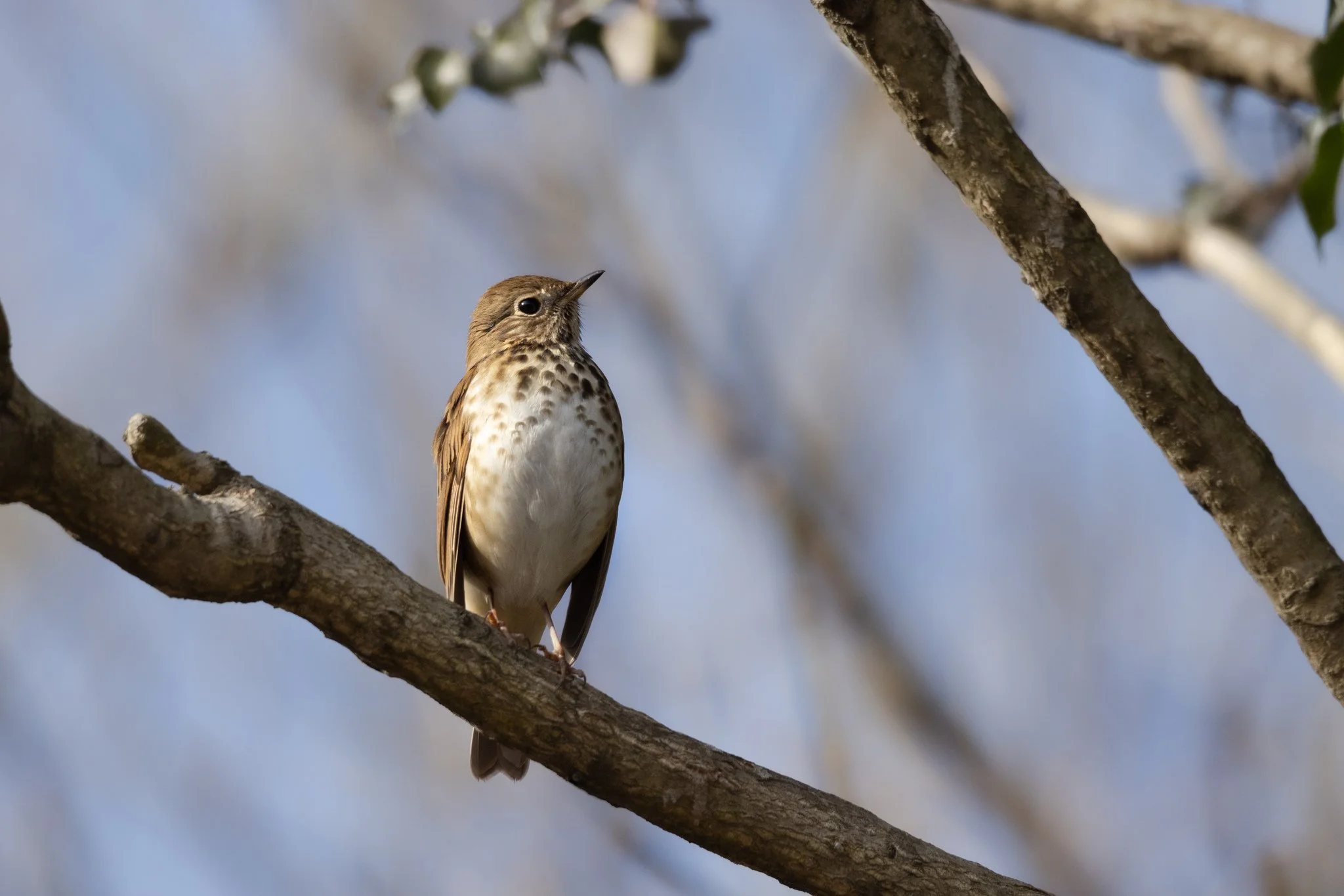The Time for Action is Now
By Pat Phillips
Many of you recently collaborated with fellow birders in the annual Winter Bird Count which, for more than a century, has served as an important effort in ascertaining the current status of bird species. In addition to its primary purpose, the count has provided an opportunity to join together with a community of like-minded individuals sharing the love of our avian fauna.
With their miraculous ability to fly vast distances, produce beautiful songs, exhibit brilliant breeding plumages, and constantly surprise with unexpected behaviors, these creatures have fascinated and inspired throughout human history. It is only natural, therefore, that we enjoy sharing our knowledge of and love for birds with folks new to birding. In doing so, we promote greater understanding and appreciation for the need to protect these species and their habitats.
However, simply sharing this love of birds and broadening the support for their preservation is not enough.
A frequently cited work published in Science (Rosenberg et al.) cited a significant decrease in biodiversity and the loss of more than 25% of all individual birds since 1970, largely as a result of human activities and habitat destruction. Political shifts often bring about modifications in guidelines related to policy implementation and enforcement. Anticipated changes in environmental policies significantly raise the level of concern that the detrimental trends may continue. So what can be done?
The National Audubon Society has published a 5-year strategic “Flight Plan” document detailing a blueprint for initiatives in the areas of habitat conservation, climate change, policy, and community building in an effort to stem the tide. Your membership in this organization supports these efforts both in terms of resources and spirit. Audubon Vermont, the state’s official chapter, focuses more locally on supporting positive steps in each of these areas within our state, whereas the funds raised by the Green Mountain Audubon Society chapter promote small-scale conservation projects, as well as providing opportunities for students to attend camps, educational scholarships to local nonprofits, programs, and outings.
Apart from involvement in supporting these organizations, you may still be wondering what more can be done. The American Bird Conservancy offers many practical solutions and actions that might be taken regarding the threats of habitat loss, pesticide use, overfishing, plastic pollution, predation by cats, invasive species, migration collisions, and others, upon which each of us can act.
The time for action is now. More completely informing yourself about these issues, developing a more thorough understanding of local, state, and federal policies and their impacts on the environment, communicating concerns to our political leaders, and taking steps in our personal lives to minimize negative impacts are essential to ensuring that the beautiful places and wildlife that we love will be there for the next generation to enjoy.
